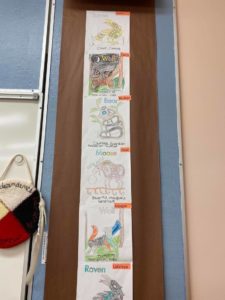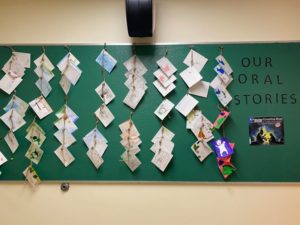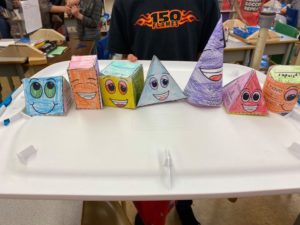Educators value the success of all students. Educators care for students and act in their best interests.
-
I am responsible for the physical and emotional safety of students.
-
I respect and value the diversity in my classrooms, schools and communities.
-
I am inclusive of First Nations, Inuit, and Metis, and other worldviews and perspectives.
-
I foster student’s positive personal identity, mental and physical well being, social, and personal responsibility, and intellectual development.
-
I engage student in meaningful participation in their own learning.
-
I treat students equitable with acceptance, dignity and respect.
-
I understand the importance of confidentiality and protect student privacy, unless disclosures is required by law.
I believe that we as the educators need to meet every student on their level and address their needs as individuals. Each student comes to our school to learn and they need us as the educators to foster an environment where they feel safe, heard, and cared for. I believe that our students come to our schools to do more then learn, they come to be a part of something bigger then themselves. They come to build relationships, find a sense of belonging, develop the skills needed to be a good person in this word, and yes, they also come to learn. If our classrooms are not modeling an inclusive environment, we are not giving them the opportunity to learn in all areas of life. It is important that we find ways to provide lessons that every student will be able to participate in, and make sure that every student is involved in the same learning experience, and everyone’s learning intention is the same. Planning and preparing your lessons in a way that enables all students to be engaged and involved in the learning is just one way to provide and inclusive classroom. Students need to see themselves in what they are learning, they need to connect to the lessons on a personal level.
During my 490 practicum I did everything within my power to provide my students with an inclusive environment. We completed many hands-on lessons in which I differentiated the learning to meet every student where they were at. I wanted to make sure that no matter what subject we were doing everyone in the class participated in the same activity and was involved in the class discussion.
Some of the lessons I created like the read and write around the rooms allowed my students to find the level that best suited them. I often gave my students choice as they picked the method that would work best for them. During my geometry lesson I provided every student with the opportunity to build hands on shapes in which they could use as a tool to solve math problems throughout the week. All students were engaged in the learning and were able to work more independently in a pace that felt comfortable to them. I found my lessons on the ecosystem to be very hands on as we interacted outside with the ecosystem around us. We created a yarn web to provide us with a visual perspective of the role we play in an ecosystem. Through conversation with students I was proud to see the connection to the ecosystem lessons coming up in random times throughout the week. To me I saw this as very positive because often students who were unengaged or did not participate in the lessons were sharing their connections throughout the weeks.
I found a big accomplishment was my ability to incorporate the First Peoples Principles of learning. I wanted the Indigenous learners in my class to see themselves in their lessons. Providing them with lessons where they could reflect and share and relate it to themselves and their culture was so important. All students deserve to feel heard and seen within their learning. I felt I provided all my learners with positive opportunities to share and develop a better understanding of the diverse cultures throughout Canada.
I will always aspire to create a learning environment where students feel safe, heard, represented, acknowledge, and loved.

Finding the animal we most connected with and building a classroom totem pole to represent our class community.

All Learners were actively engaged as they participated in a lesson that was differentiated to fit their needs.

Students were able to find the level that suited them best and engage in the lesson independently to demonstrate their knowledge on descriptive language.

Oral story telling is a big part of many cultures around the world and practicing this skill can help us understand the importance of History and the power of story.

Everyone was able to make 3D shape buddies to keep at their desk and use as a tool throughout our geometry unit.